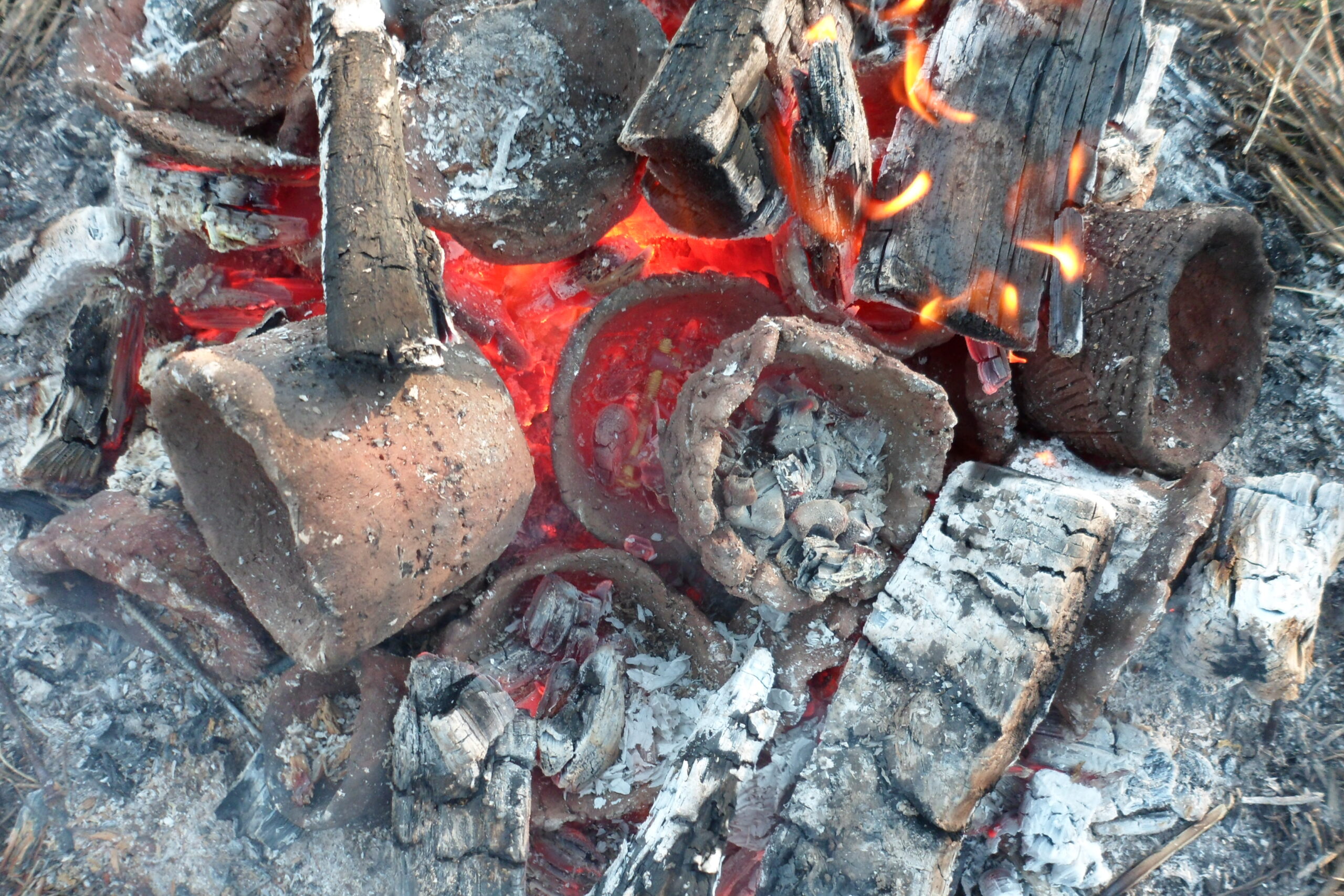Rotherley Roman Settlement
General Pitt-Rivers was the first to recognise the earthworks on Rotherley Down near Berwick St John as the remains of a rural settlement. This was excavated in 1886–87 and was found to be similar to Woodcuts, a site nearby he worked on a few years before.
The artefacts from Rotherley suggested to Pitt-Rivers that the site was ‘poorer’ than Woodcuts. This interpretation was reflected in his analysis of the human remains.
Pitt-Rivers had all the human bone measured and found that the inhabitants were of smaller stature when compared with people living elsewhere on Cranborne Chase at the time. This suggested to him that the people living at Rotherley were ‘in a lower condition of life’.
Pitt-Rivers was interested in identifying different racial groups in the past through human remains. This reflected the mistaken belief that these groups could be identified through measuring slight variations in skull shape and stature. In reality the sample size Pitt-Rivers used was incredibly small, and the patterns he recorded were nothing more than the differences to be expected in any given population.


